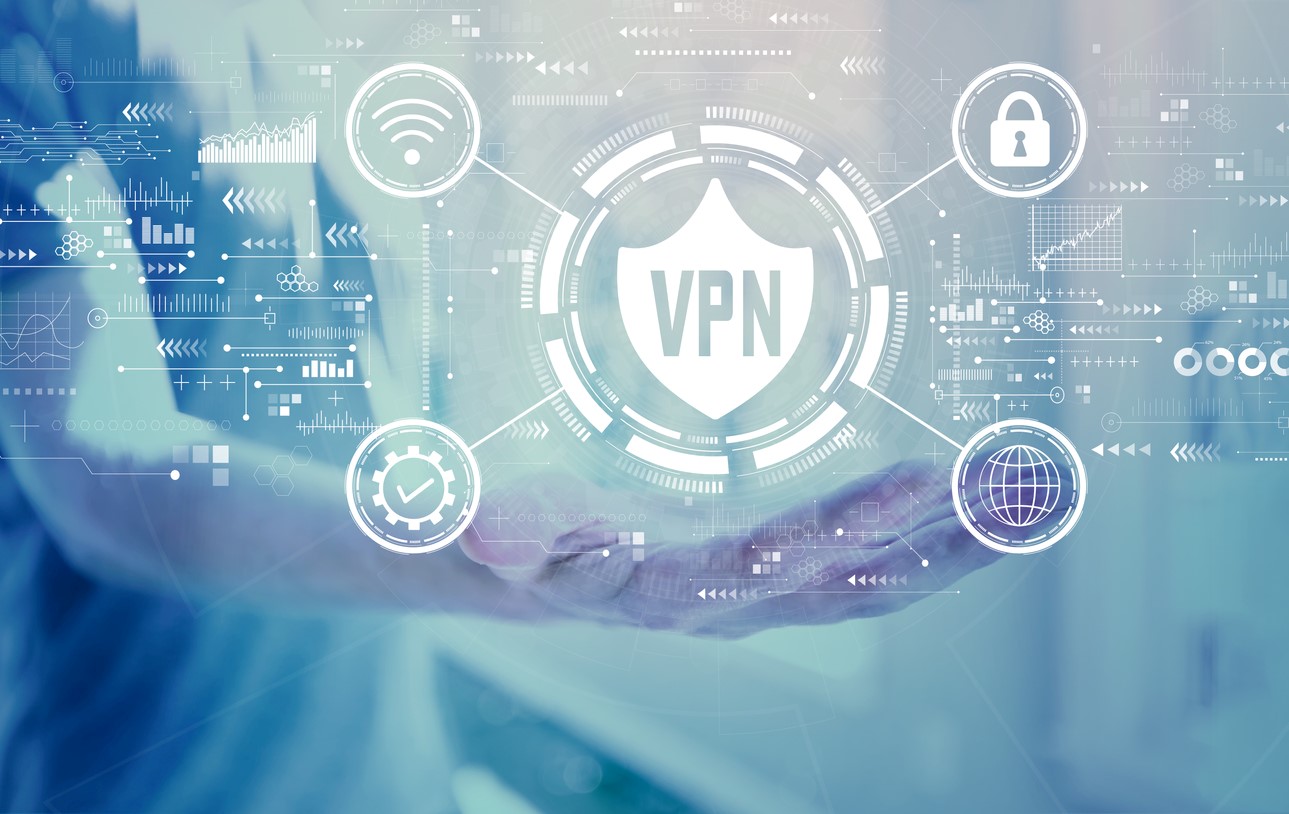A virtual private network (VPN) is a type of computer network in which some of the infrastructures of the network are based on public infrastructures, such as the Internet, and other parts are based on a privately managed infrastructure. The user uses that privately-owned part to remotely access another part that they own or manage so that they can work from home or move their computer from one office to another office such as open connect.

In contrast, when using a DDPN, all of your traffic is routed through our systems.
What is a DDPN? A DDPN is a Data Delivery Platform Network Service. To use our service, you must download and install our client application that runs during your computer’s start-up process and manages all network traffic going into and out from your machine. When using a VPN-type connection , you’re usually best off installing the software yourself (e.g., Cisco AnyConnect). With DDPNs , however, we offer up several different pre-configured clients you can choose from (e.g., Windows, Mac OS X, Android).

Do you see the difference?
The goal of a VPN connection is for you to securely gain remote access into your own personal area. In an individual sense, this will make it seem like there’s an invisible sheet of glass separating the inside and outside world. The difference in a DDPN-type connection, however, is that all traffic must go through our servers–that is to say, the DDPN is completely managed by us.
When using a VPN type service, either free or a paid one, it’s usually best for you to connect with your own chosen client application according to vpntesting.com (e.g., ‘openconnect’/Cisco AnyConnect). When using DDPN, all of your traffic will be routed through our servers which are connected directly to our Network Access Points (NAPs). How the devices on your network get their IP addresses will not matter when joining a network via DDPNS. All that matters is they connect to our servers via SSL.
The main difference is in how your data travels to and from the internet. DDPN-type connections will take all of your traffic through our servers, while VPN types allow you to connect directly to your endpoint/machine (or workstation). This makes it very easy for us to manage your entire network at once since every device uses our servers as its default gateway. When using a VPN-type connection, each client will need to be managed independently by the client creator, which can make maintaining remote infrastructure extremely difficult.
Which one is better? Why?
It’s really just personal preference. If you want to use SSL to connect up with our servers, then DDPN is preferable. However, if you trust your VPN client vendors to maintain their own software and update it as needed, then using a VPN-type connection is probably better for you since it will be easier for us to manage (we won’t need access to your computer).
Remember that managing device themselves is independent of the network connectivity method used by those devices. Whether you’re running a pure VPN or DDPN type connection, we can still actively manage all aspects of the device itself; only the way that data gets routed over the Internet changes between these two types of connections.
To answer which one is better is difficult because it really depends on the needs of each individual. It ultimately comes down to what you, as a customer, would prefer.



